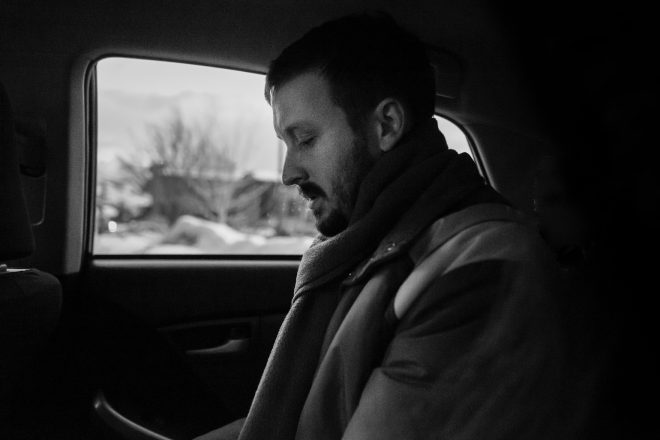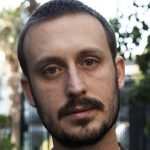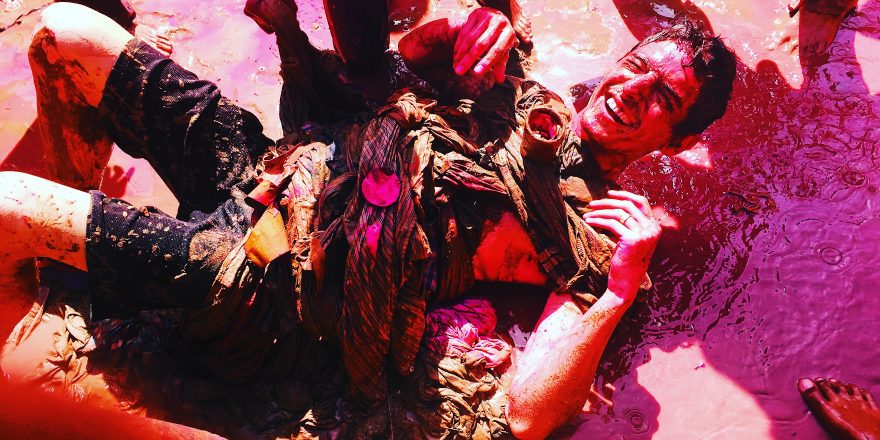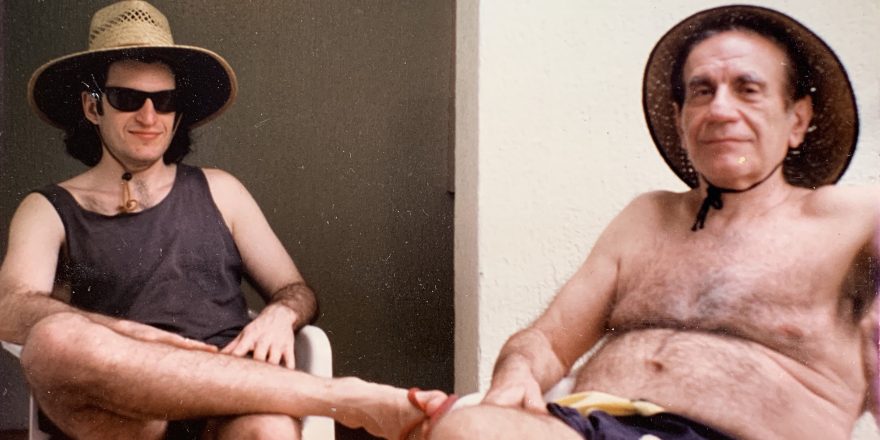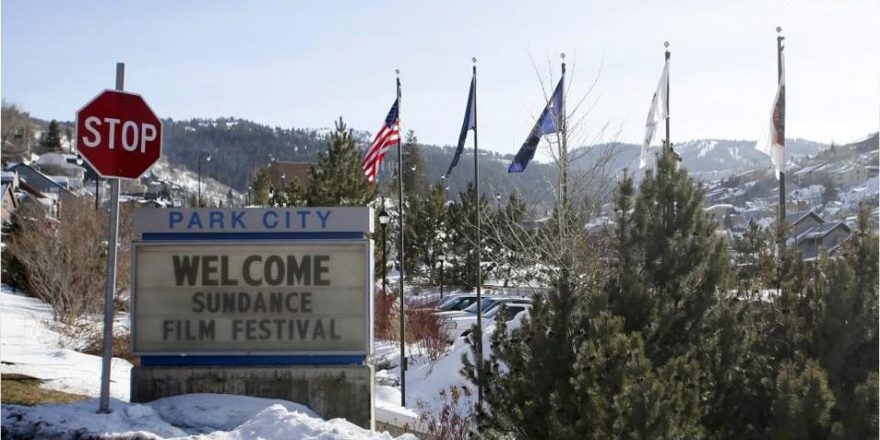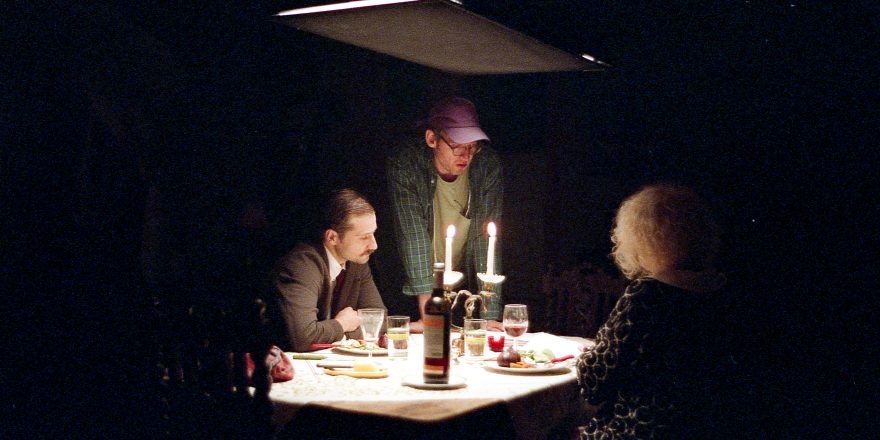Over the festive break, Talkhouse Film is revisiting some of its favorite pieces of the past year, including this one. Happy holidays! – N.D.
When the Ritz Carlton tower was added to the Los Angeles skyline, it came equipped with an obligatory helipad. Rumor had it that on game days, Kobe Bryant was flown by helicopter from his home in Newport Beach and landed atop the Ritz, where he owned a penthouse suite. And when it was time for the show, Kobe would use an underground tunnel connecting the Ritz to the Staples Center. There was no reason to doubt any of this. Of course, Kobe moved around like he was the president or the Pope, because to Angelenos he was some combination of that. Maybe even more, he was a Southland deity, capable of flight on and off the court.
I was a 14-year-old L.A. kid when Kobe Bryant won the first of his five NBA championships for the Lakers and I have been a devout believer ever since. Kobe reciprocated that devotion, staying with the Lakers for the entire 20 seasons of his professional basketball career, keeping a watchful eye over our city.
In the last game of his career, Kobe gave us a performance that delivered all the fantastical movie magic which Los Angeles incessantly aspires to produce. He scored 60 points, 23 of those in the fourth quarter, including the game-winning shot, two clutch free throws, and a cross-court alley-oop. Jack Nicholson was courtside, wearing rose-colored glasses, and smiling ear to ear. Shaq, by then retired, parted the sea of people to give Kobe a bear hug. The announcers said things like, “Greatest final game ever played.” The crowd had a crazed, euphoric look. It was an ecstasy shared by the entire city of Los Angeles, including myself, who was standing on a coffee table, for no reason other than the ground wasn’t close enough to the immortal heavens that Kobe Bryant seemed to occupy. It was the happiest of endings, as if written by the most shamelessly optimistic Hollywood writers’ room. One of those “only in L.A.” moments. That was April 13, 2016.
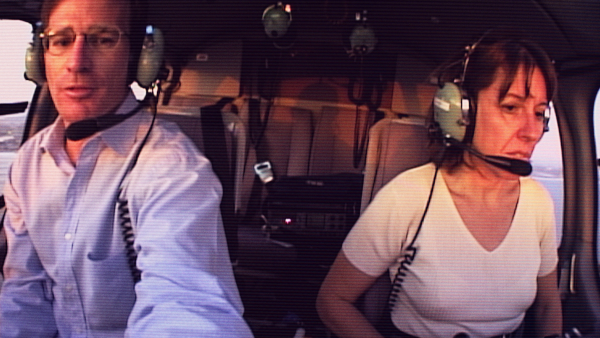
On January 26, 2020, I was sitting in a condo in Park City, Utah, just trying to focus on my breathing. It was two hours before the Sundance premiere of Whirlybird, my first film, and I’ve never felt such an extreme combination of excitement and fear. Whirlybird is a documentary about Zoey Tur and Marika Gerrard, a former married couple who revolutionized breaking news by reporting from a helicopter over Los Angeles. It’s the story of a tumultuous relationship above a chaotic city. Zoey and Marika share some of their most complex and painful memories throughout the film, and we were all about to watch it in a theater with 500 strangers. Anxieties were reasonably high among Zoey, Marika and their kids. So I was sitting there in that condo, trying to take a minute, thinking to myself, “Just relax.” That’s when my phone buzzed with a news alert: Kobe Bryant Killed in Helicopter Crash.
As an Angeleno, Laker fan, and resident of Earth, I couldn’t believe what I was reading. It was as unbelievable as it was horrific. And it was barely even one sentence. These simple words were completely incomprehensible: Kobe Bryant Killed in Helicopter Crash. While trying to process the disturbing message, it was difficult to ignore the thought that Whirlybird shared some themes with the tragedy unfolding in real time. But I was having trouble understanding what to do with this thought, especially because the time had come to leave the condo and head to the theater.
The Sundance Film Festival is a lot, and the volume is turned all the way up. Every premiere feels like a rocket launch. Filmmakers, cast, crew, producers, programmers, distributors, networks, streamers, agents, critics, publicists, event planners, projector technicians, ushers, influencers, friends, family, and anybody else with a ticket, all gathering together, trying to launch these movies into the public consciousness. It’s incredibly humbling and really loud.
But in the car ride to the theater, it was quiet. Whirlybird’s producer, Diane Becker, continued to hit “refresh” on her phone. I was thinking about the time my little brothers and I went to the Lakers parade after Kobe’s first championship win. We all stood on the sidewalk screaming his name as he looked down on us from a double decker bus, a huge smile across his face. He could be so serious on the court, the scowling Black Mamba, but in that moment he passed us, he was radiating happiness. We all were. Then a vivid flash of what it must be like to die in a helicopter crash invaded my mind. Pilot disorientation, passenger confusion, accelerating velocity, concerned eye contact, suddenly a mountain wall, then in an instant, a consuming explosion. Such an overwhelmingly sorrowful feeling. Somewhere beyond all the noise in my head, I heard Diane say softly, “Oh my God.” It was the only thing that really could be said as we began to absorb that one of our most beloved Los Angeles icons had just tragically died.
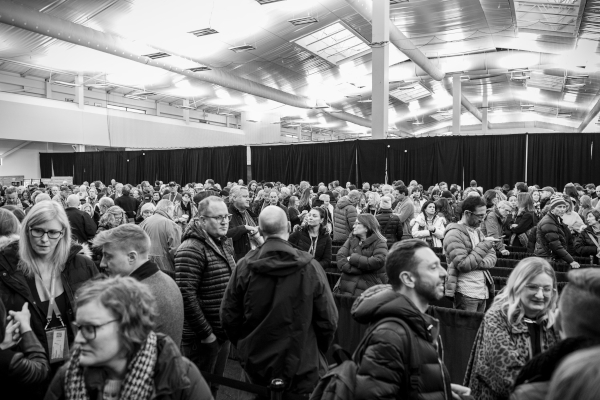
As I walked toward the theater, I wrestled with the eerie connection between Kobe and Whirlybird. I tried to reject the notion, thinking to myself that I was probably, maybe even offensively, conflating the two. I remember all that swirling around my mind just before I entered the theater doors, when I overheard two parking attendants yelling a conversation across the lot to each other:
“HEY! Did you hear Kobe died in a helicopter crash?!”
“Yeah, man. CRAZY!”
“And do you know what this movie is about?!”
I entered the theater before I could hear the answer to his question. Though it was enough to make my heart sink. My mind was racing, but in what direction, I really didn’t know.
The guys in the parking lot weren’t wrong: the film shared a connection to the awful news of the day. But the core of Whirlybird is not a helicopter, it’s a marriage. Over recent years, Zoey had become estranged from her ex-wife and kids and it felt to me as if she was using the film as a way of communicating to them an apology, a confession, an explanation of her toxic behavior, and her efforts to become a better person, the person she had struggled so long to accept. But there hadn’t been much healing or closure for the family before Sundance, and emotions were very raw as Zoey, Marika, their son Jamie, and Larry Welk (Zoey’s pilot reporting protégé), prepared to gather at the premiere.
In the days leading up to Sundance, there was tension and concern among the film’s participants. It was understandable that some sort of family reunion, moments before the premiere of a film about their calamitous life, could be emotionally complicated for everyone, to put it mildly. But as I walked past a long line of people waiting to be seated, presumably many of them reading the news on their phones, I thought about the helicopter crash and sensed the family had been provided a morbid distraction.
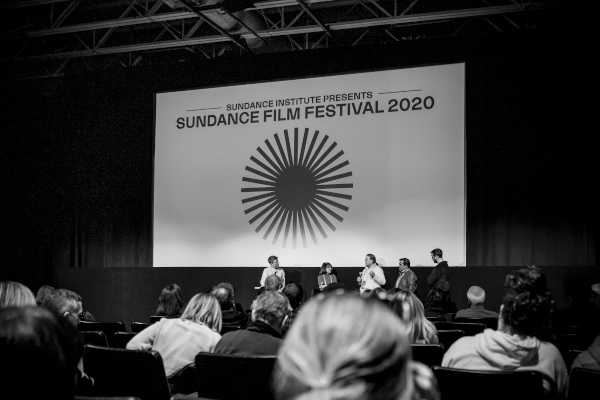
It was a surreal scene backstage. A family that had been so intertwined with cataclysmic Los Angeles was yet again coming together at the exact moment of another awful L.A. breaking-news event. As each one of the participants and their partners entered the room, the Kobe Bryant crash was the only thing anyone was talking about.
Whirlybird explores how a reporter often used news to cope with life and maintain a family bond. Pacing the theater’s green room, I could feel news being tapped into again, helping the family start a dialogue as they gathered together. However, their conversations about Kobe Bryant weren’t just small-talk diversions, this was a room full of experts on Los Angeles, helicopters, and breaking news. More than experts, this had been their life for decades. How could they possibly talk about anything else? Zoey had already developed a theory on how the crash occurred (a theory that turned out to be correct), Larry Welk had known of the deceased pilot and his dismal reputation, Marika had previously videographed the surrounding area of the crash many times over the years. I sat there, watching what felt like live coverage and analysis of a breaking news story. Witnessing the unique chemistry among Zoey and her family, I even began to consider the possibility they might actually find a way to mend their relationships. And as both the filmmaker who told the story of Zoey and Marika’s life, as well as a resident of Los Angeles who grew up idolizing Kobe Bryant, I found myself thankful I could tune in to this room of reporters.
We would eventually learn that on Sunday morning, Kobe Bryant, his daughter Gianna, and six family friends had been flying from Orange County to Ventura County to attend a kids’ basketball game at Kobe’s sports academy. Heavy fog disoriented the pilot before he ultimately crashed into a Calabasas mountainside. Another “only in L.A.” moment, the worst iteration of it.
It was a new chapter in the ongoing saga of a city built on dreams and nightmares. Another mythical L.A. icon had been lost. It was a personal tragedy to all those involved and a devastating blow to the city. Zoey and Marika had covered so many stories like this over the years, it felt like a dark kismet the way it happened to fall on the same day as the Whirlybird premiere. But even if the only connection between Whirlybird and Kobe Bryant is that they share a bleak anniversary, that association has helped give me a greater perspective about the film and my understanding of Los Angeles.
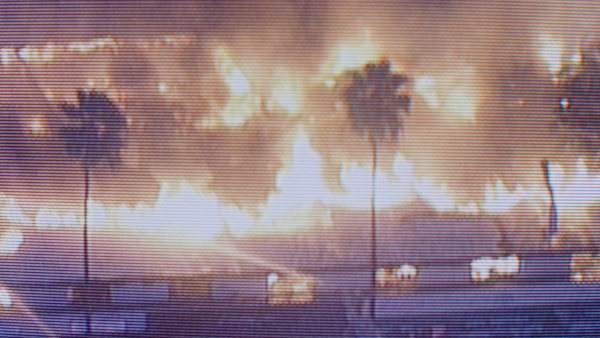
I began making Whirlybird with the intention of exploring my hometown. In telling the story of Zoey and Marika’s relationship, I became more intimate with L.A. than I could have ever imagined. But when asked, “What did you learn about Los Angeles?” I had struggled to put my experience into words. It felt like an impossible question to answer. That is, until the day of the film’s premiere. The day Kobe Bryant died.
It occurred to me that few places experience such extreme highs and lows as Los Angeles. Or at the least, our highs and lows are unlike anywhere else. Everything from the death of a celebrity athlete to the marriage of two helicopter reporters, it all seems to be so extraordinary. But what’s also true is that Los Angeles is no different than anywhere else. The extraordinary is a myth. Because despite the daily spectacle L.A. has to offer, I’ve found that beneath these highs and lows is something very familiar, something that extends beyond the city limits. Everybody is just trying to pursue dreams and hoping to avoid nightmares.
Featured image shows Matt Yoka on the day of Whirlybird‘s Sundance premiere; photo by Chris Greer, courtesy Matt Yoka.


